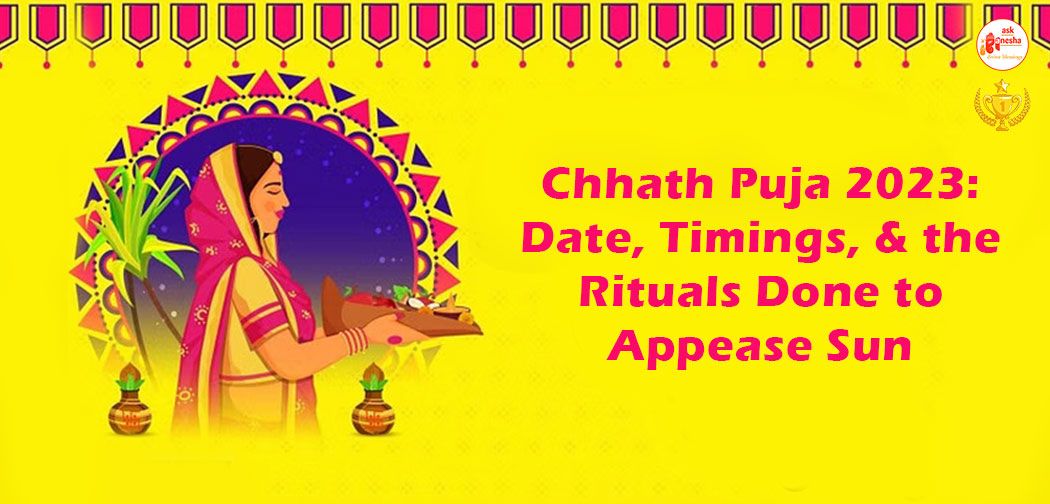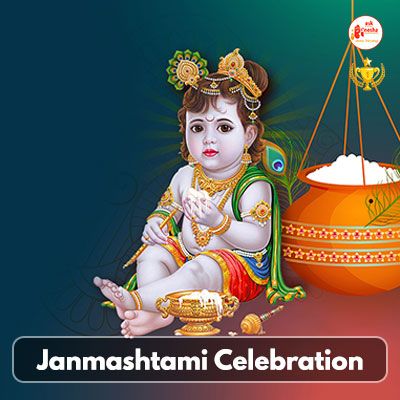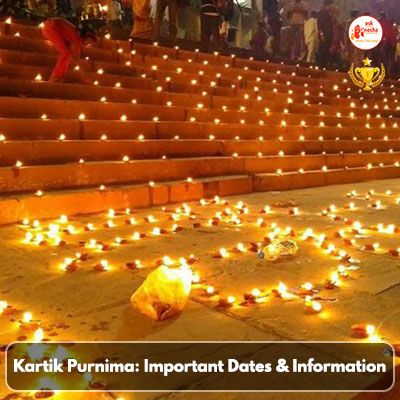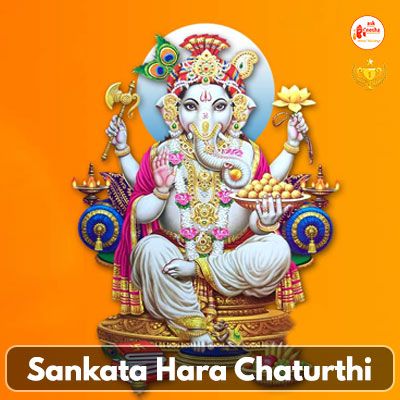A well-known Hindu festival called Chhath Puja 2023 is going to be observed to honor Lord Surya, the Sun God. It is mostly observed in Nepal, and the Indian states of Bihar, Jharkhand, and Uttar Pradesh. According to the Hindu calendar, the Puja typically takes place in the month of Kartik, October –November of English Calendar, 6 days after the great Diwali Festival. The four-day event comprises a handful of customs, rituals and ceremonies.
In the Year 2023, Chhath Puja is expected to be Celebrated as Follows:
Chhath Puja 2023 Dates
Nahay Khay ( Day 1): October 30, 2023 (Monday)
Lohanda and Kharna (Day 2): October 31, 2023 (Tuesday)
Sandhya Arghya (Day 3): November 1, 2023 (Wednesday)
Usha Arghya ( Day 4): November 2, 2023 (Thursday)
Timings for Chhath Puja 2023:
Depending on the local customs and the place, the Chhath Puja timings may change. However, the primary rituals are done at sunrise and dusk. People who go for the Chhath Puja Vrat assemble near a tank or river to pray to the Sun god at the time of sunset and sunrise. The devotees go for fasting, take a sacred bath, and offer an arghya (offerings) to the Sun God. All these are parts of the holy rites.
Sun Worship Ritual:
The worship ritual during Chhath Puja is of great importance. Devotees are mainly women, and they observe a strict fast for 36 hours without taking food or water. They pray to the Sun God during sunrise and sunset on the third and fourth days of the festival with utmost devotion.
They stand in waist-deep water, face the rising or setting sun, and offer prayers holding a bowl made of bamboo totally filled with various fruits, sweets, and other things. These offerings known as 'Arghya' are offered to the Sun God with gratitude and the devotees seek blessings for the well-being and prosperity of their respective families.
Chhath Puja is known for its vibrancy and grandeur. Devotees throng in a place singing traditional songs, and performing various rituals prevalent in the areas or neighborhoods. Chhath is considered to be one of the most significant festivals in the regions where it is celebrated. It holds great cultural and religious significance when the festivals of India come to concern.
The Story Behind
The origins of the very Puja traced back to Vedic times. The festival originated in the worship of the Sun God, Surya Deb, who is considered since ancient times as the source of life and energy. It is known from authentic sources that Chhath Puja dates back to the time of the Mahabharata.
What Hindu mythology says: It was Draupadi, the wife of the Pandavas, who was advised by a sage while they were in exile, to observe the Chhath Vrat so that they could regain their lost kingdom and win over their enemies at the same time steer clear all problems coming on the way. Draupadi and the Pandavas observed the Vrat by fasting and observed the rituals with great devotion. Later on, they tasted the essence of the Vrat.
Lord Rama and Chhath Puja: Another popular legend is associated with Lord Rama, the hero of the Ramayana. It is said that Lord Rama along with his wife Sita observed the Chhath Vrat during their exile. They worshipped the Sun, sought his blessings for their well-being and success, and had so later on.
The Puja is also believed to have been practiced by ancient sages to obtain energy directly from the Sun. The rituals involve total exposure to the first and last rays of the sun, which are regarded to possess healing properties.
Later on the Puja became a significant Indian festival, particularly in the regions of Bihar, Jharkhand, and Uttar Pradesh. There it is widely celebrated. It is considered by people as a way to express their gratitude to the Sun God and seek His blessings for total prosperity, good health, and overall happiness.
The festival is meant for rigorous fasting so that the soul is purified and free from all kinds of pollutants. Offerings to the Sun God are given with the hope that this purpose is fully met. Devotees maintain strict discipline and try to keep up purity during the four-day occasion. They abstain from consuming any kind of food or water for hours. The rituals are followed with great devotion and accompanied by traditional songs and dances near water bodies.
It is not ideal to regard Chhath Puja just as a religious festival but it demands a different outlook too. It is a celebration to worship nature, promote environmental harmony, and the observance of science that the Sun's energy is essential to sustain the animal kingdom. It helps to bring people together, cements familial bonds, and instills a joyous sense of community and cultural pride.
Astrological Significance
Chhath Puja holds astrological significance too. The festival is observed during the Hindu month of Kartik falling in October/November. The month is considered an auspicious one for performing various religious rituals and seeking divine blessings.
Astrologically, it is the Puja of the Sun who is believed to be the ruler of the zodiac sign Leo. The Sun is considered a powerful celestial body that influences various aspects of human life, including health, vitality, success, and all-round prosperity. By worshiping the Sun during the very occasion, devotees seek blessings for all these aspects of their individual lives.
The timing of the rituals of the great Indian festival Chhath is also significant from the astrological perspective. The main rituals performed during sunrise and sunset is considered to be highly auspicious. The rising and setting of the sun symbolize the cycle of life. Offering prayers to the Sun during these particular periods, devotees try to be connected with the divine energy of the Sun.
Again, prolonged fasting during Chhath Puja has astrological significance too. Fasting is believed to purify the body and the soul. It is considered to be an act of self-discipline and devotion. Fasting during the Puja can appease malefic planetary influences and bring positive changes in the lives of the devotees.
So to say, Chhath Puja is a type of festival that combines devotion, cultural traditions, and astrological significance. It is believed that by observing various rituals, and worshiping the Sun God devotees can strengthen their connection with the divine power. They go on seeking blessings for a prosperous life and pray to the Supreme Being to mitigate all adverse astrological influences.
The Rituals and Chhath Puja
The Puja involves numerous rituals that are performed over a span of four days. Here is an overview of the main rituals that are observed during the festival.
Day 1: Nahay Khay
On the very first day, devotees take a holy bath in a river, pond, or any other water body.
After the bath, they wear clean clothes and prepare a vegetarian meal.
The food consists of rice, lentils, and pumpkin. It is offered to the Sun God and then taken as prasad.
Throughout the day devotees observe a fast. They break it only after sunset.
Day 2: Lohanda and Kharna
On the second day, devotees go for a strict fast without taking any food or water for the whole of the day.
In the evening, they prepare "kheer" (sweet rice cooked with milk) and offer it to the Sun God.
The rituals being over, the prasad is distributed among members of the family and other devotees who are present.
They break the fast after consuming the said prasad.
Day 3: Sandhya Arghya (Offering in the evening)
The 3rd day is the main day of Chhath Puja. It is known as Sandhya Arghya.
Devotees fast all day long without consuming food or water.
In the evening gathering near a water body, they go on offering prayers to the setting sun.
They stand in water, face west, and offer a variety of items including fruits, sugarcane, coconut, and numerous traditional sweets to the Sun.
They sing traditional songs, known as Chhath Geet, during all the rituals.
The evening offerings are over, and they break their fast by taking the prasad.
Day 4: Usha Arghya (Morning Offering)
On the fourth day of Chhath Puja, devotees wake up before sunrise and assemble near a water body.
Facing the east, they pray to the rising sun. They seek blessings for prosperity and total well-being.
They make offerings to the Sun God, including water, flowers, and various fruits.
The rituals are performed with utmost devotion and gratitude towards the Sun known as Surya Deb.
After completing the morning offerings, Chhath Puja comes to an end. Devotees break their fast after consuming the prasad.
Throughout the four days of Chhath Puja, devotees maintain total purity, discipline, and mindfulness to the Sun God.
To Conclude
The Puja is performed with solemn reverence and gratitude. The devotees seek blessings for a prosperous and healthy life and hope that lives will be filled with the favor of the Sun God and they will go on passing their days amid mirth and vibrancy. Their utmost devotion will be carried forward to their successors who will go on observing the Chhath Puja 2023 with the same discipline as did their forefathers.
For interesting astrology videos & Post, follow us on Instagram
























 Translate
Translate